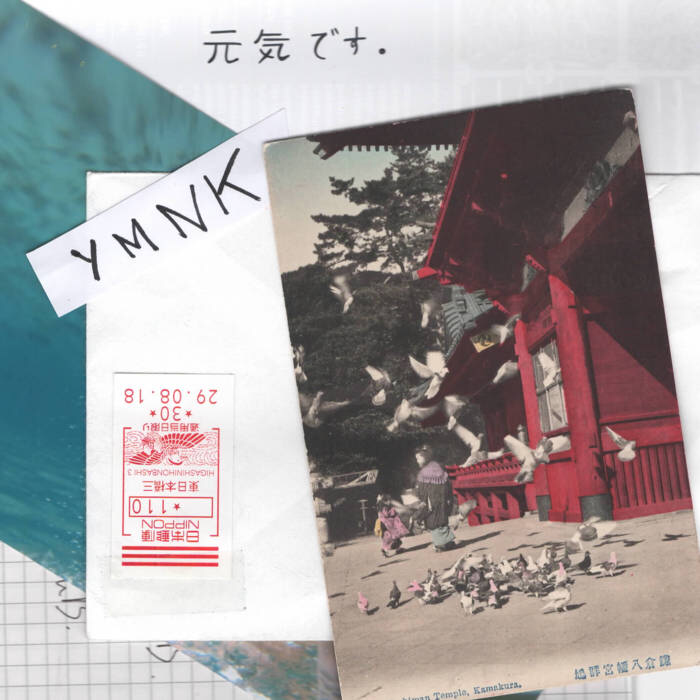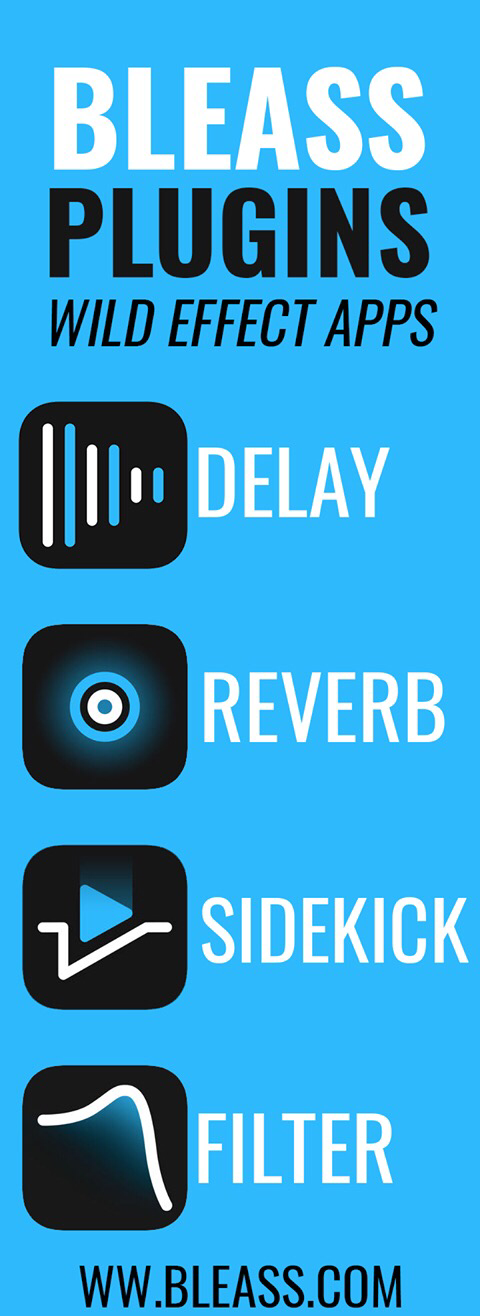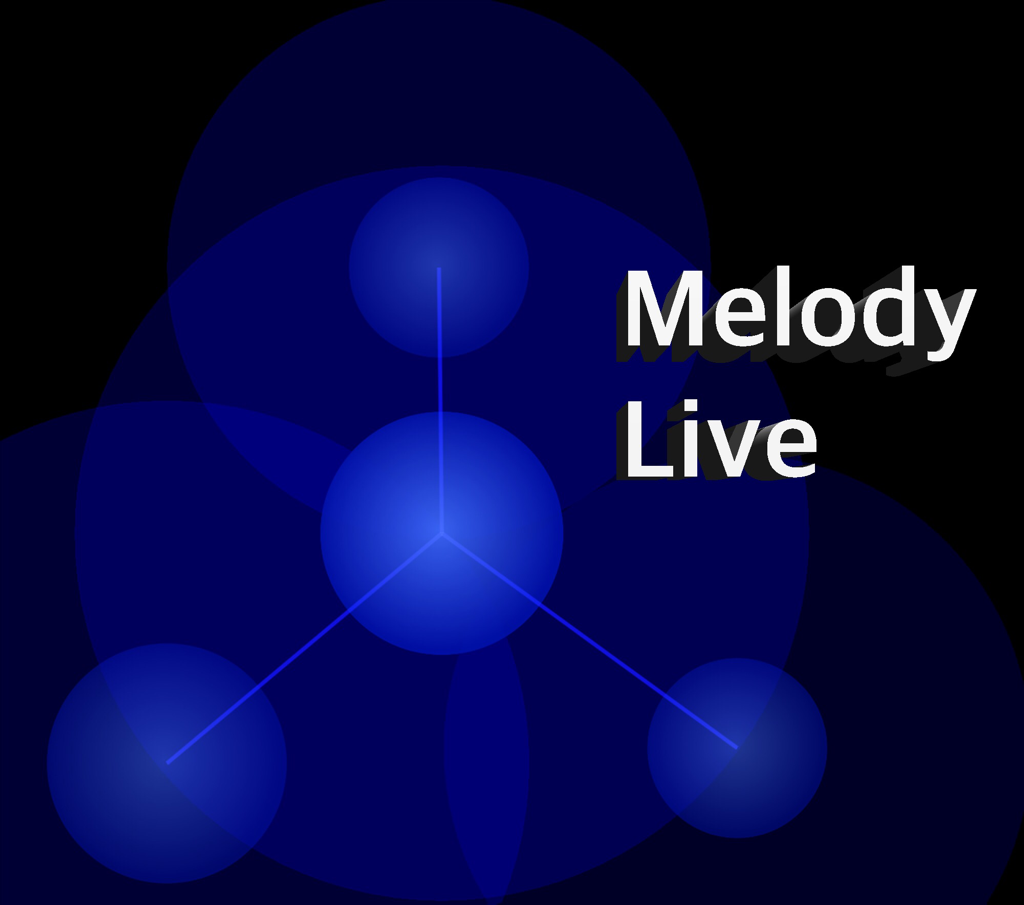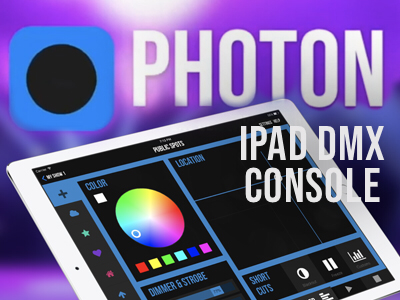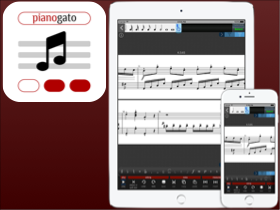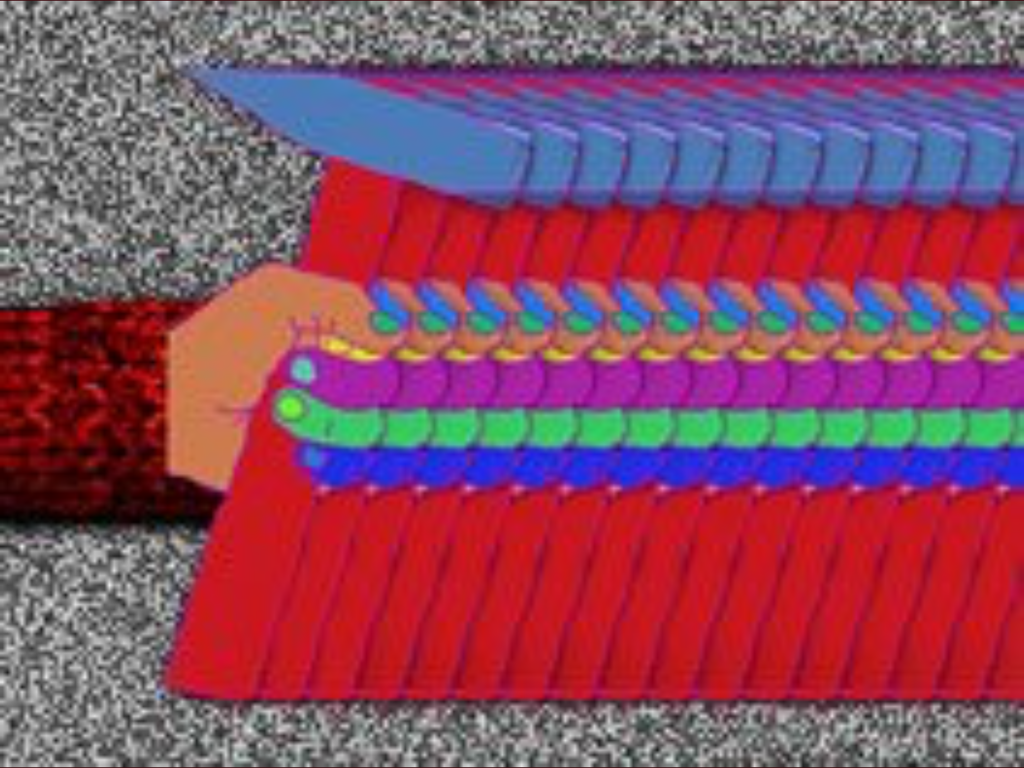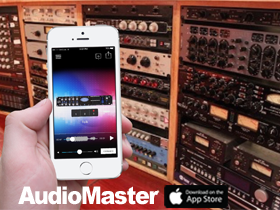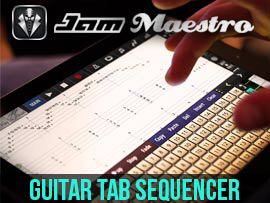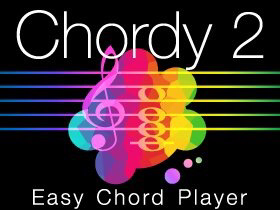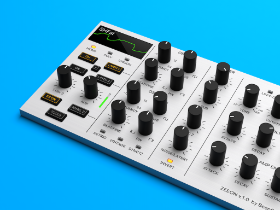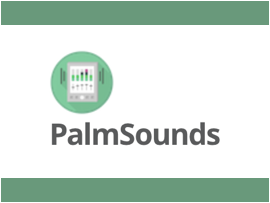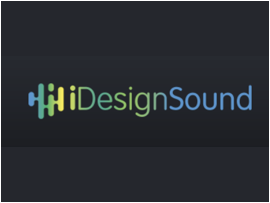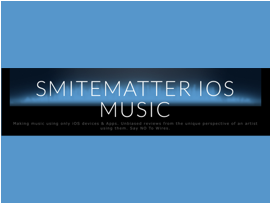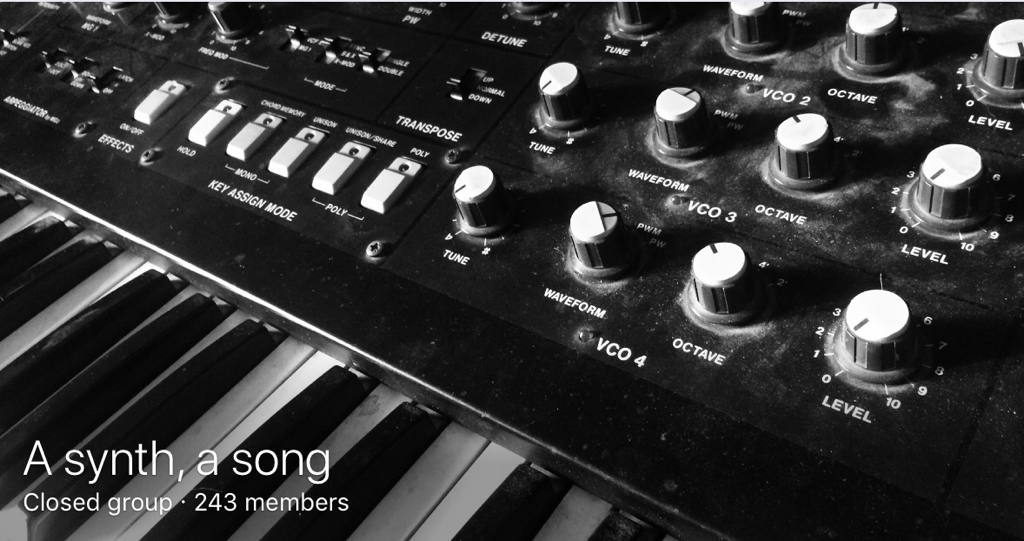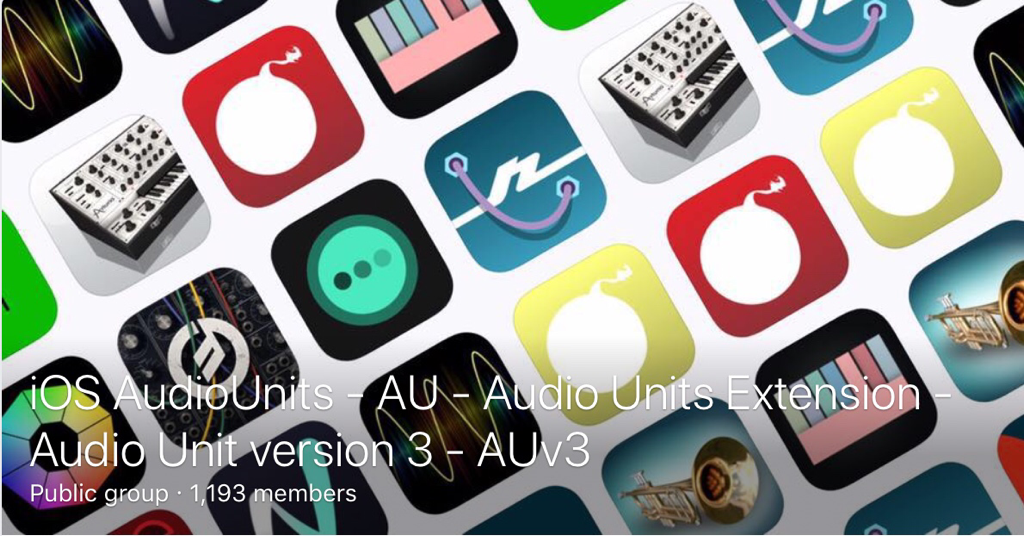|
I really love this Synth.. It comes with a few interesting features that make it more powerful that I thought. It's a 8 bit synthesizer ▷ 8 multitimbral channels (5 voices each), accessible via MIDI. ▷ Each oscillator contains 4 waveforms (Pulse, 4-bit Triangle, Short Noise, Long Noise). ▷ Classic 8bit arcade video game sounds (bloop-blorp). ▷ Multi-mode Filter. So, yes this Synth is perfect for game sounds and certainly among the best... Unfortunately I am not using a lot this kind of sound, but I love FX, Drone,... And here SquareSynth 2 can be really really great, because of theses features I was talking above.. First, the User section. With it you can control lot of parameters from any windows. And this is awesome. The Table page: A kind of Arpeggiator... An Automation page... Watch the video.... The Recorder... Loop, Overdubs... I love this App.. A Killer App! A Must Have for sound games and sound designers too... Watch the video... Price $6.99 AuthorJames Navarro Type Instrument Instrument type Synth Instrument sounds 8 bits Supports Audiobus, Audio Unit )Version 1.1.8 Released 10/23/2018 Updated 05/27/2019 Tutorial videoApp Store description in the video's description The iPhone versionThis is where you can perform on the piano and tweak settings live. 1) This is the pitch bender. Swipe it up and down. 2) These are the user defined sliders. Use the red buttons to select a parameter for the slider. 2 3) The patch window shows the current patch name. The load, save, and new buttons let you store and recall synth settings. 4) Prefs, Record, and Edit buttons let you navigate to other sections of the app. 9) The Envelope section contains 4 (four) settings which change the shape of the synthesizer’s volume. Here’s what an ADSR envelope looks like: The Attack slider changes the length of the starting slope. The Decay slider changes the length of the slope between the end of the Attack, and the start of the Sustain section. The Sustain slider sets the volume which will be maintained as long as you hold down a piano key. When you let go of a key, the Release section will start. The Release slider sets the length of the volume “fade out.” 10) Gain is the overall volume of the ‘patch’ (all of the synths settings are collectively called a patch). 11) Pulsewidth is the ‘duty cycle’. It’s the width of the pulse wave oscillator. The top and bottom sound thin; the middle is hollow sounding. 12) Cutoff changes the center frequency for the filter. Resonance is the like the amplitude of the center frequency. Raising it higher makes the center frequency of the filter sound louder. 13) You can choose from the three filter modes here. 14) These are different waves available to the oscillators. This setting does NOT matter when the table is turned on. The triangle shaped wave to the far left, is a 4-bit triangle wave. The second is a pulse wave with full pulsewidth control. The last two are 1-bit oscillators using an LSFR algorithm. They are, from left to right, short-noise, and long-noise. 15) This little guy is the patch preview button. This is the automation graph, called the table. It changes parameters over time, and loops. 16) Smooth will interpolate the automation graph. Sync makes the automation restart on every note. 17) Size opens up a window which contains controls for the length of the graph. 18) This is a menu for selecting the parameter to be automated. There are 5, which are Pitch, Wave, Pulsewidth, Gain, and Filter. 19) At the bottom of the screen is the Loop Bar. It shows you where the synth is currently playing, and shows you the start position and end position of the loop. . 20) Vibrato is a pitch LFO (Low Frequency Oscillator). It vibrates the pitch up and down using a sine wave. The little check box labeled SNC is for restarting the LFO when a piano key goes down. 21) PWM stands for pulse width modulation. It’s an LFO for pulse width. 22) Filter is an LFO for the cutoff of the filter. 23) The Glide section adds a ‘portamento’, or pitch bend between two notes. When you turn it on the synth will be monophonic. Two notes will only bend when they overlap (press one piano key, and while holding, press another). 24) The Pitch Sweep is based directly on the pitch sweep used by the original NES. When it’s in the middle it’s off (double tap to reset). Higher positions bend downward, and lower ones bend up. The IAA & Audiobus & AUv3 versionMain IAAMain AUv3The User section (not in the AUv3 versionjThe Table sectionThe Table sectionThe Recorder section (not in the AUv3 version)The Recorder section (not in the AUv3 version)SettingsMidi Map
0 Comments
Your comment will be posted after it is approved.
Leave a Reply. |
AuthorEd Archives
December 2019
Because I can read everywhere a Policy...
|
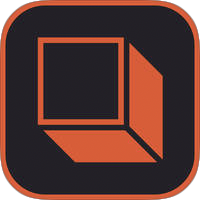

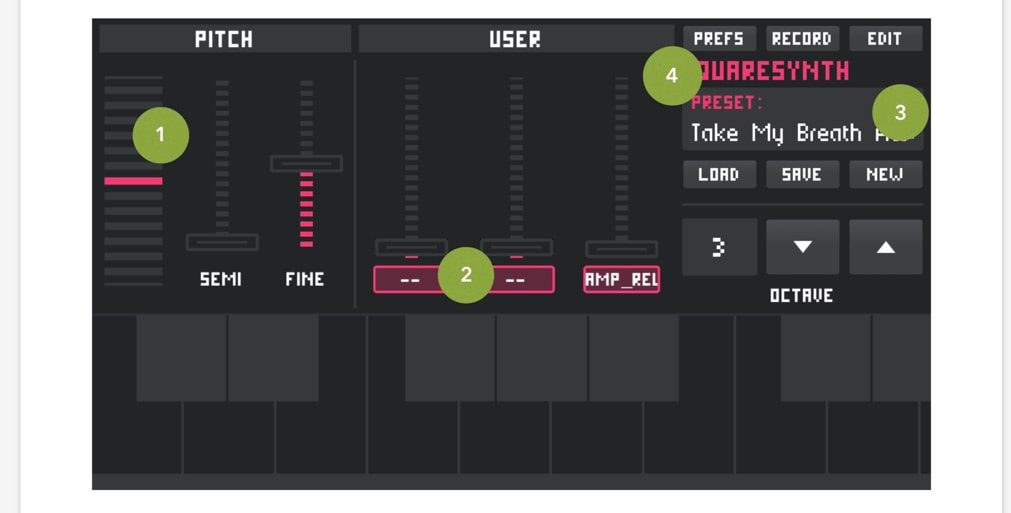
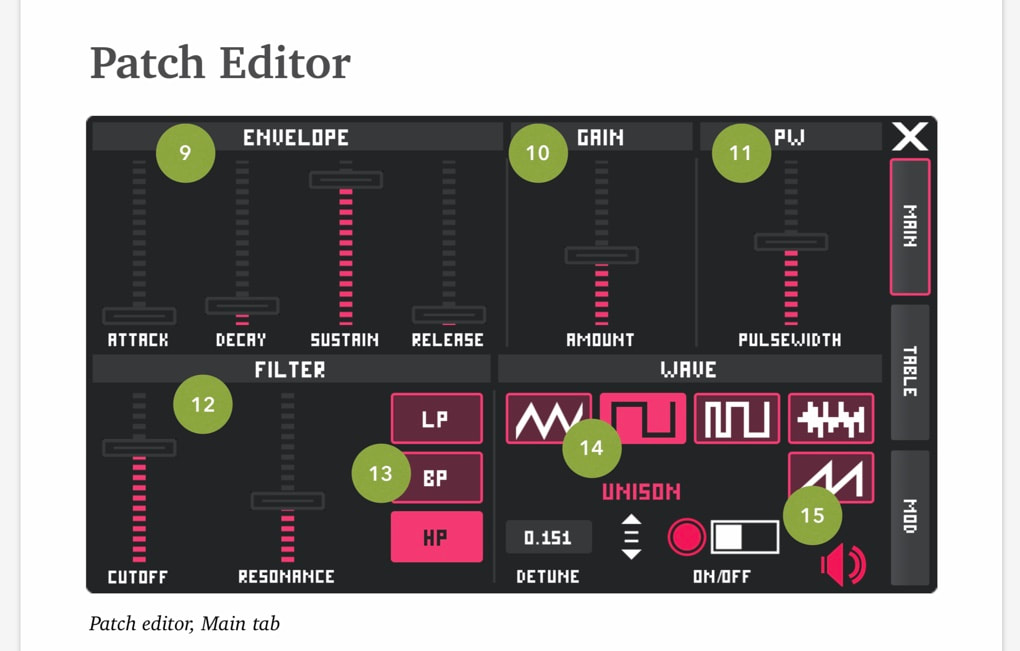
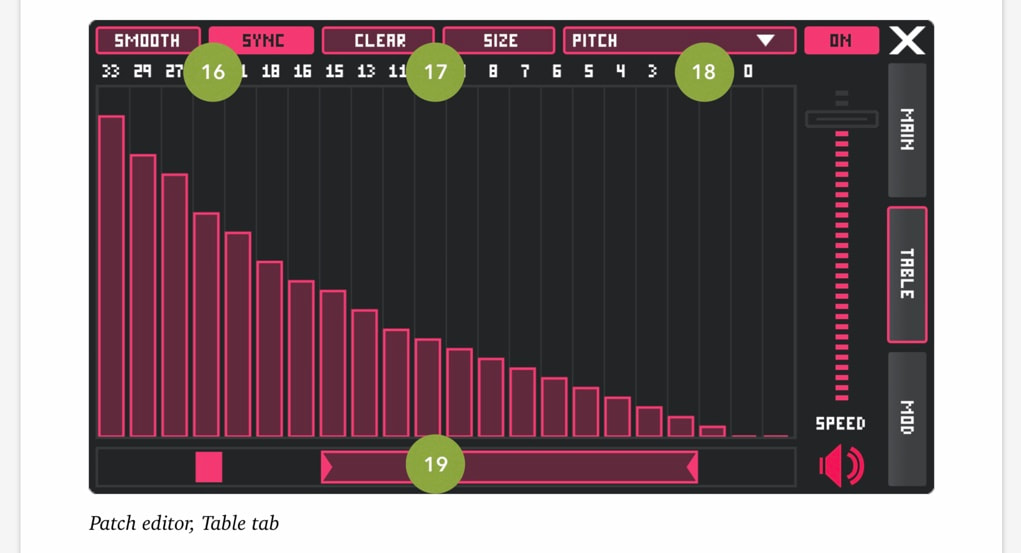
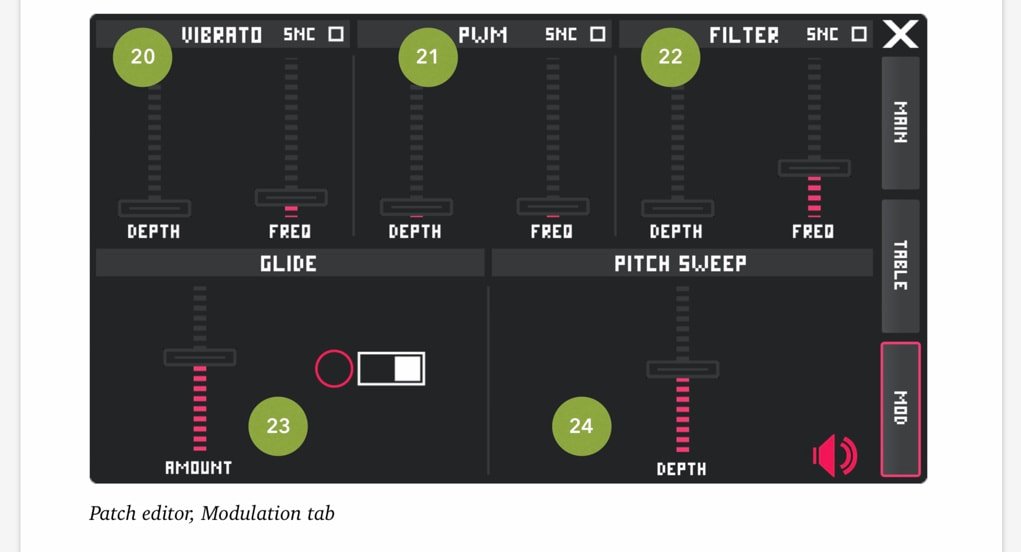
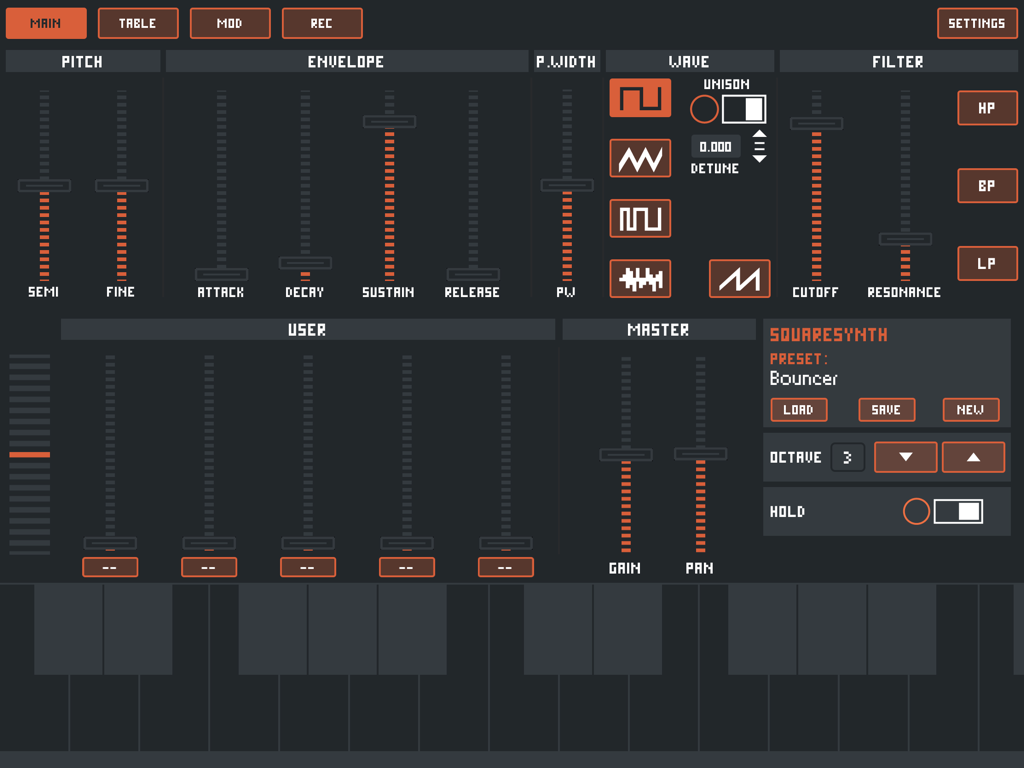
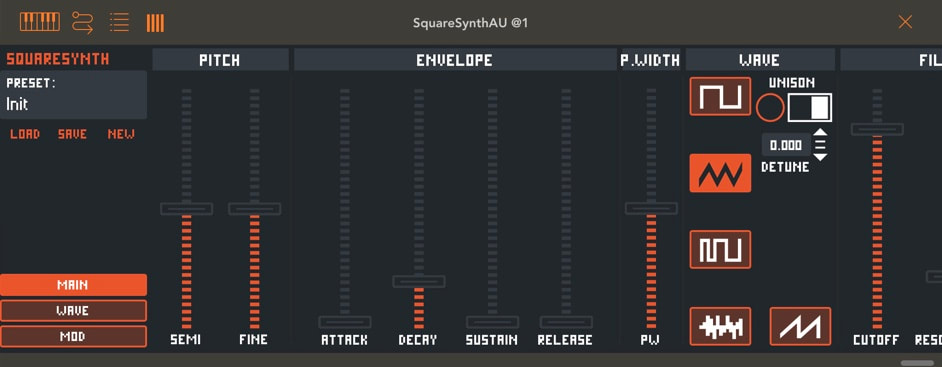
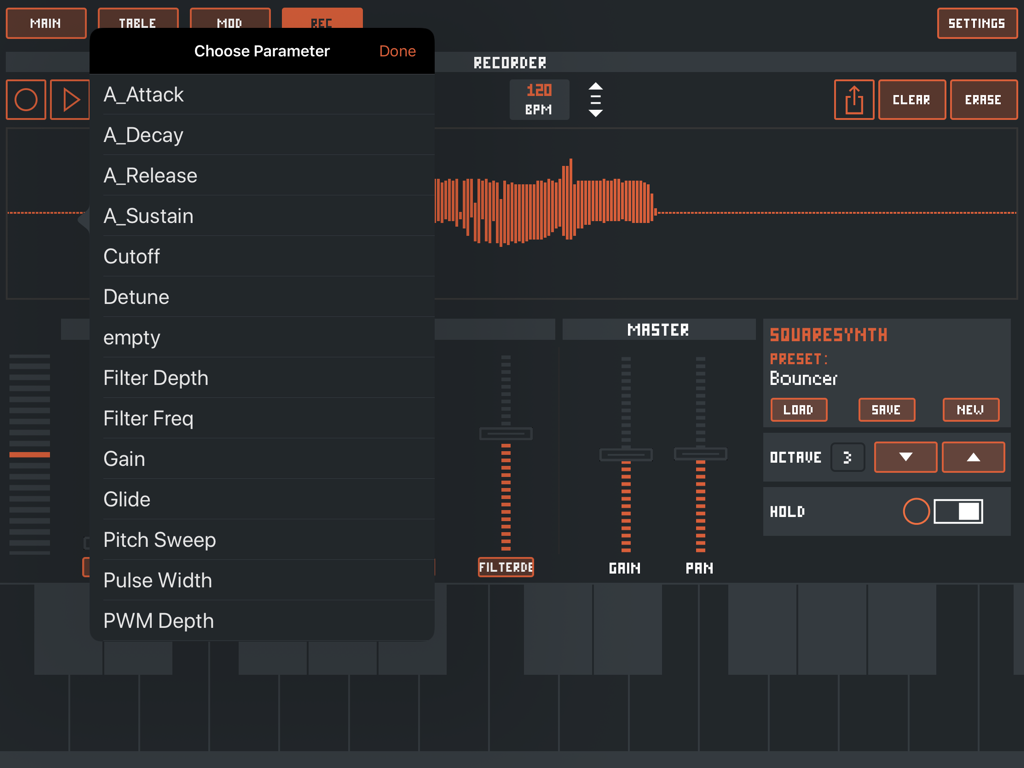



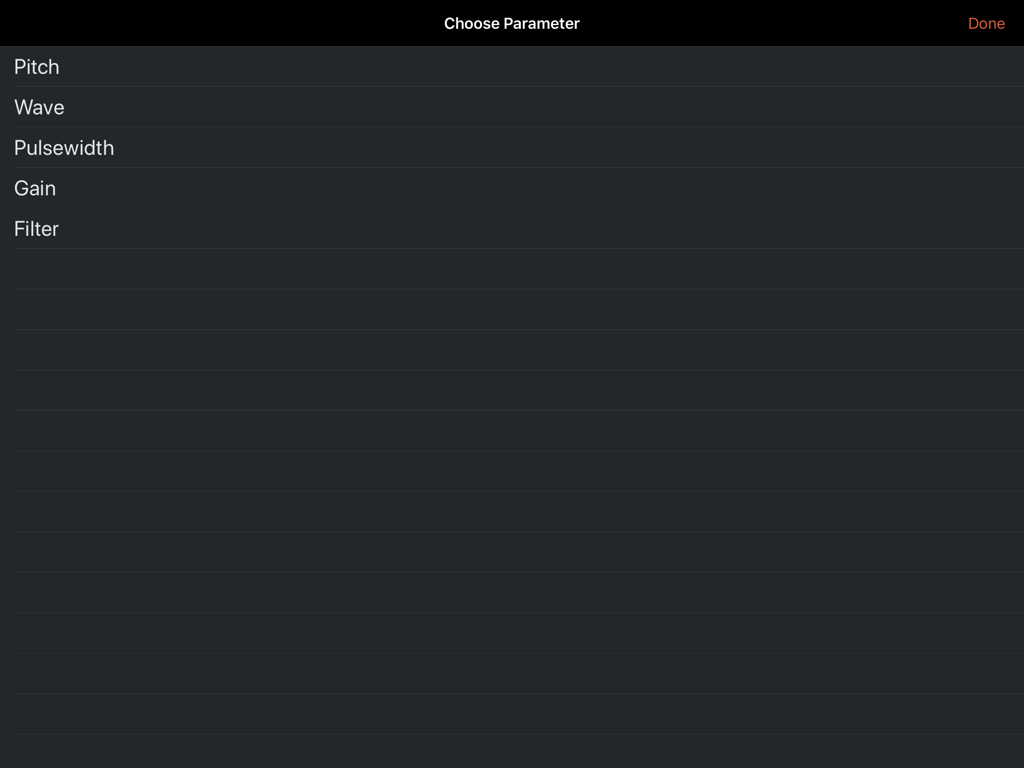





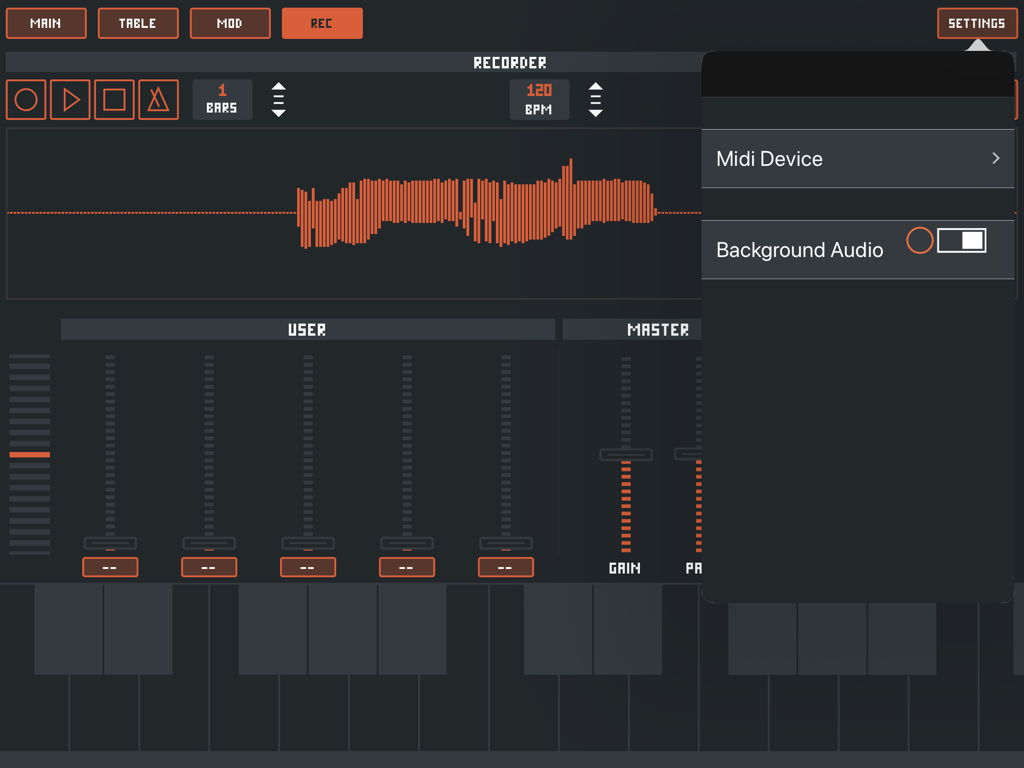
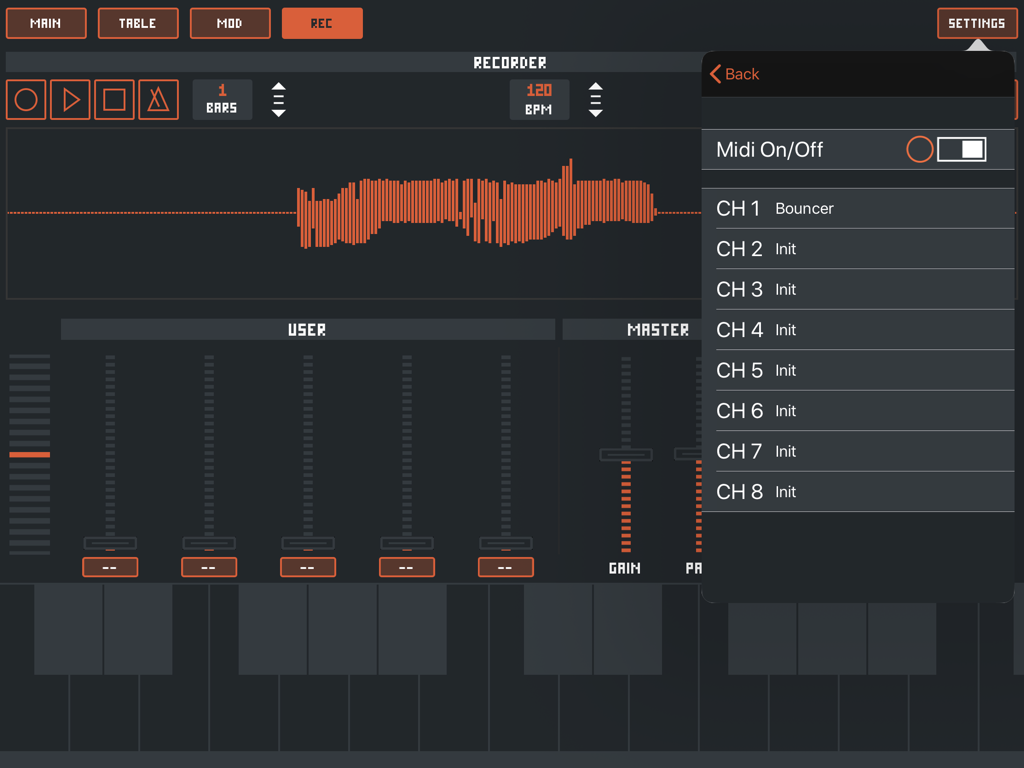
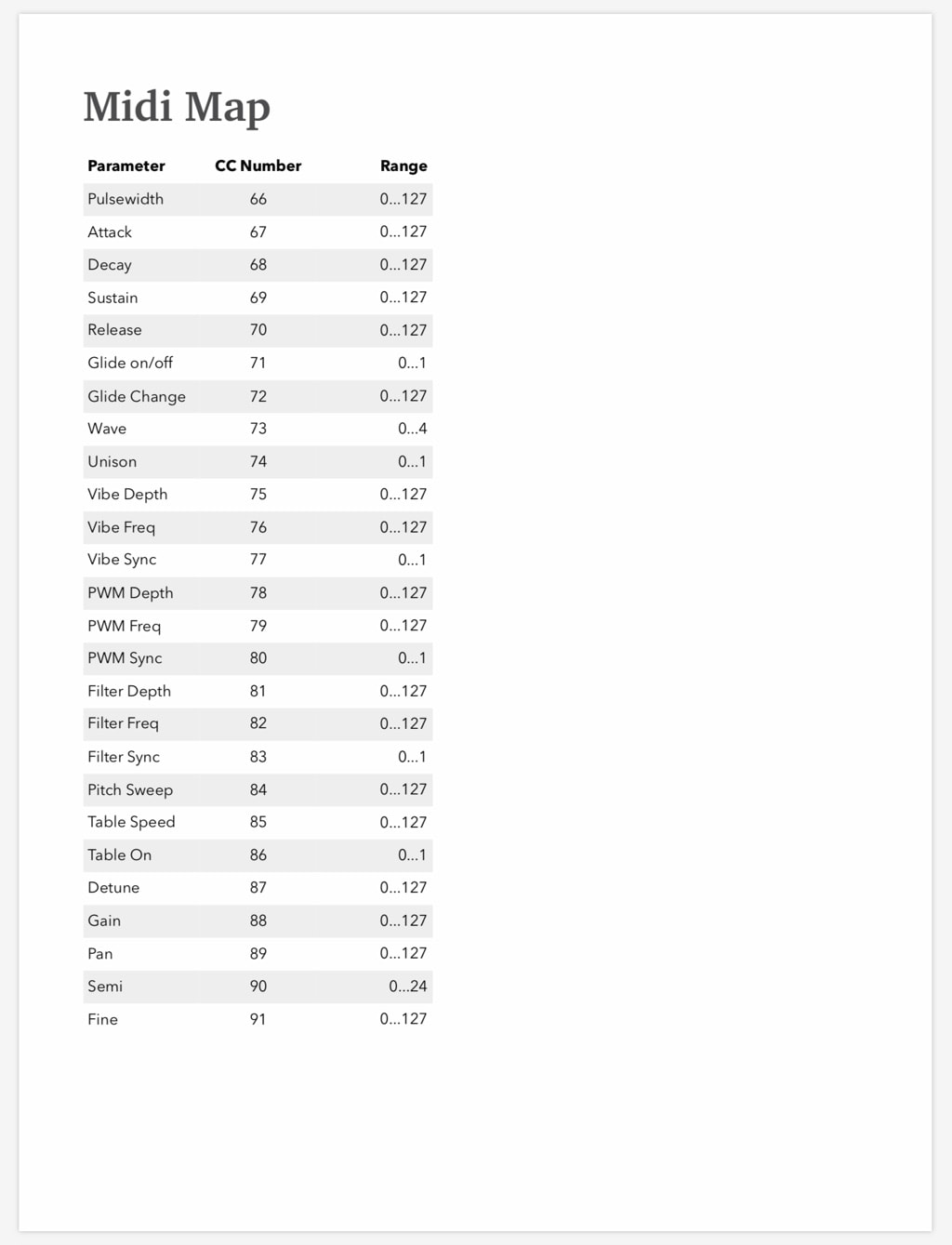
 RSS Feed
RSS Feed
